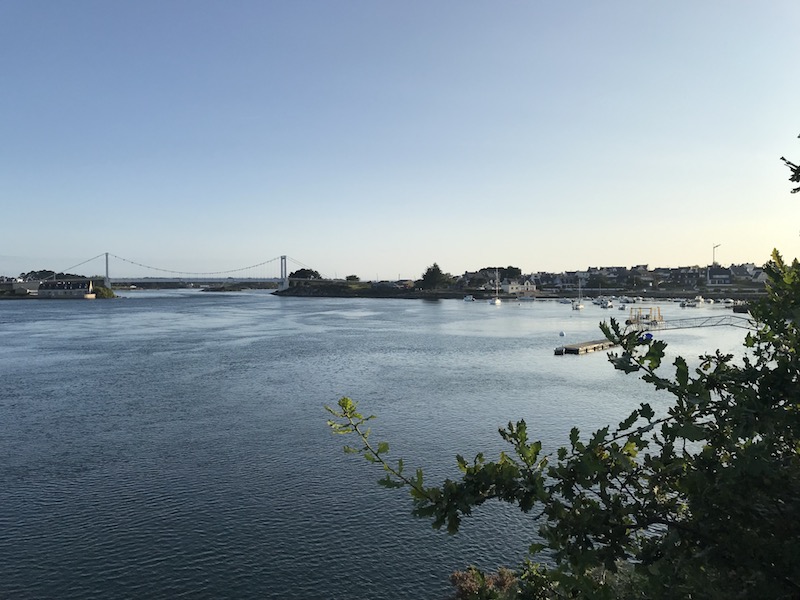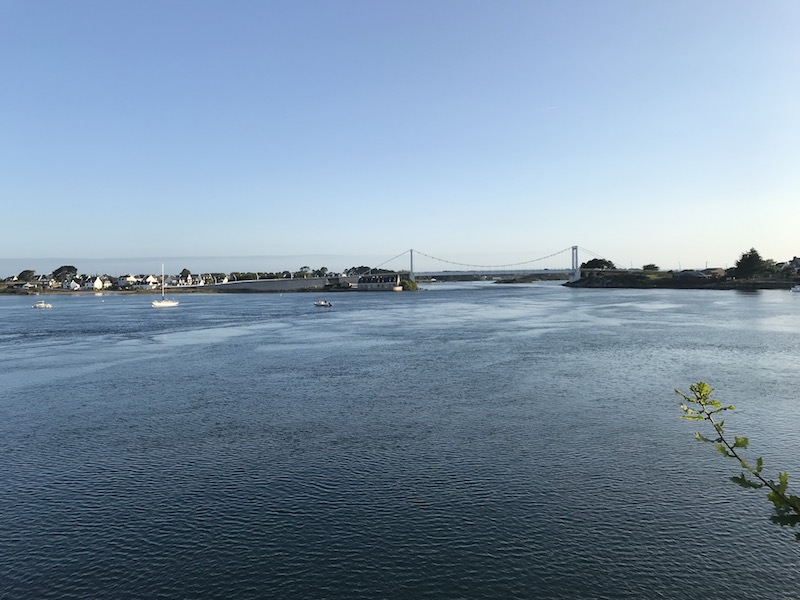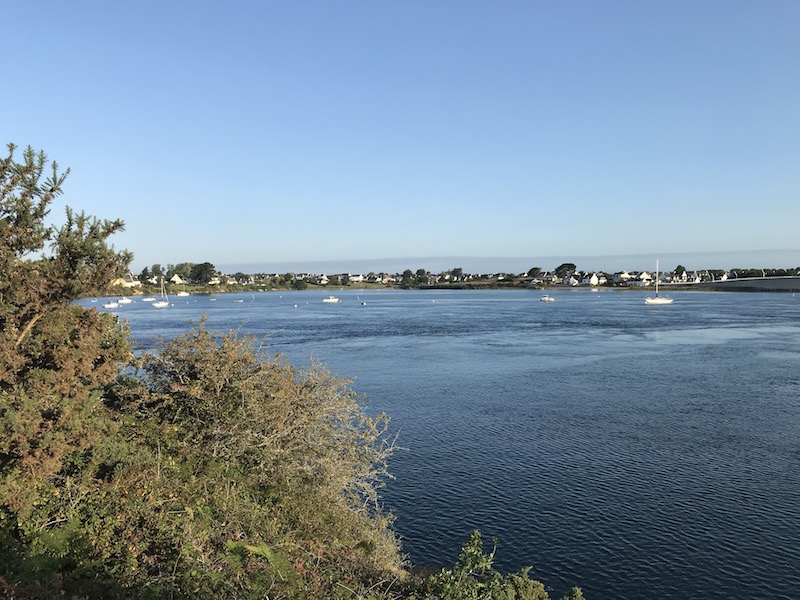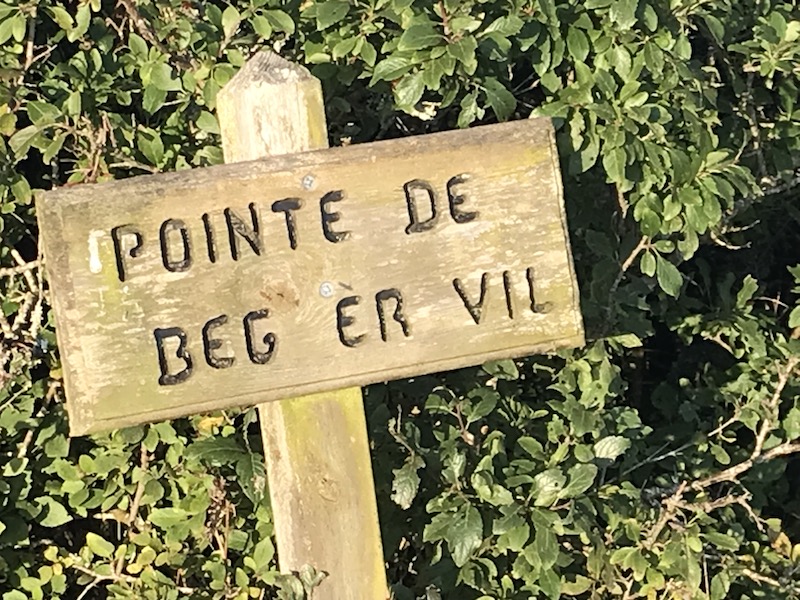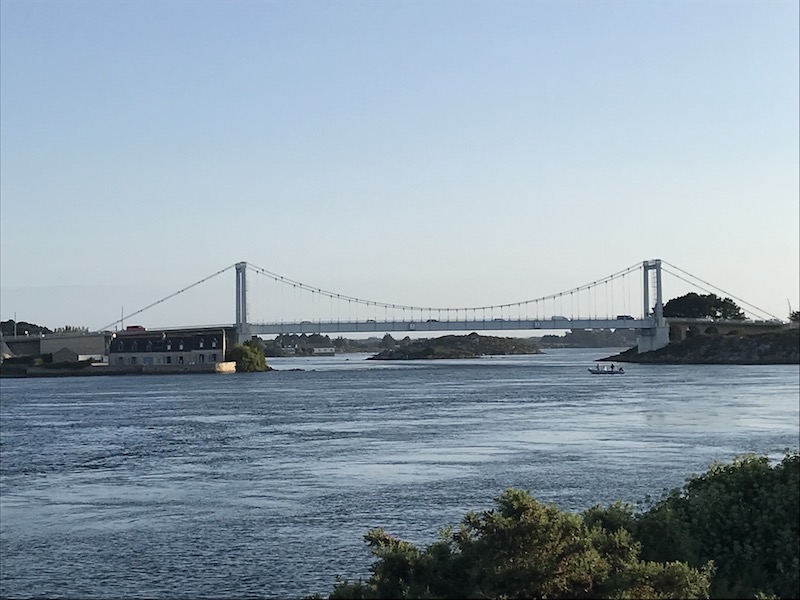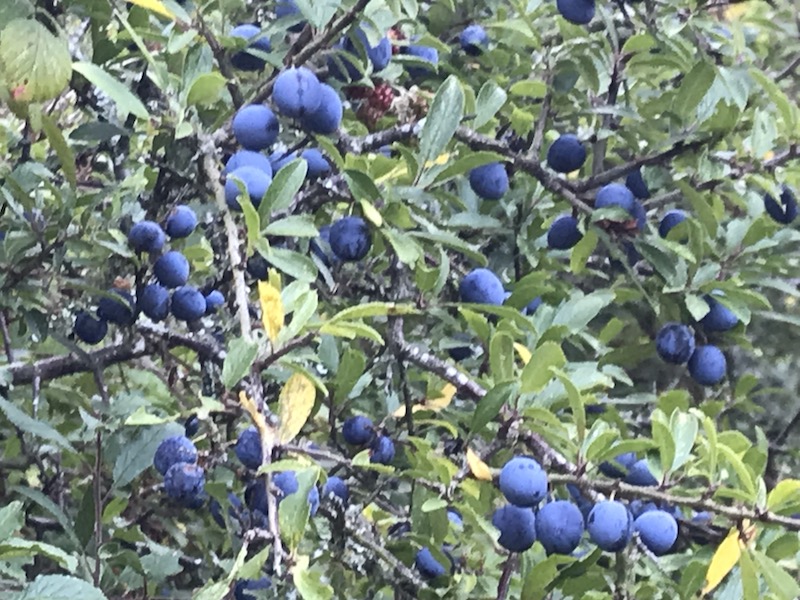Our Blog - Bretagne Trip - Summer 2021 - Étel, France
We headed over to the town of Étel one morning for a Lucy walk and then to the little town for coffee. We weren't expecting much but it ended up being quite nice! The dunes next to the beach are part of the "dune massif de Gâvres-Quiberon, which is basically 35 kilometers of coastline with an absence of almost any urbanization. There are a few paths through but the dunes themselves are protected. The beach there is quite pebble-y and somewhat difficult to walk on. There is actually a little history on how this huge area was preserved. In 1931, the French Navy needed to test its guns and signed a 100-year lease (until 2030) for this wasteland area. That didn't actually seem to last long since it was declared a Natural Monument/Site in 1936. The preservation program to protect the dunes started in 1997.
We will start with the beach, which is HUGE! We actually went there two consecutive days, the first day parking closer to the town and the next parking further South. Lucy had a good time exploring and running on the beach, even doing a bit of ball-chasing.
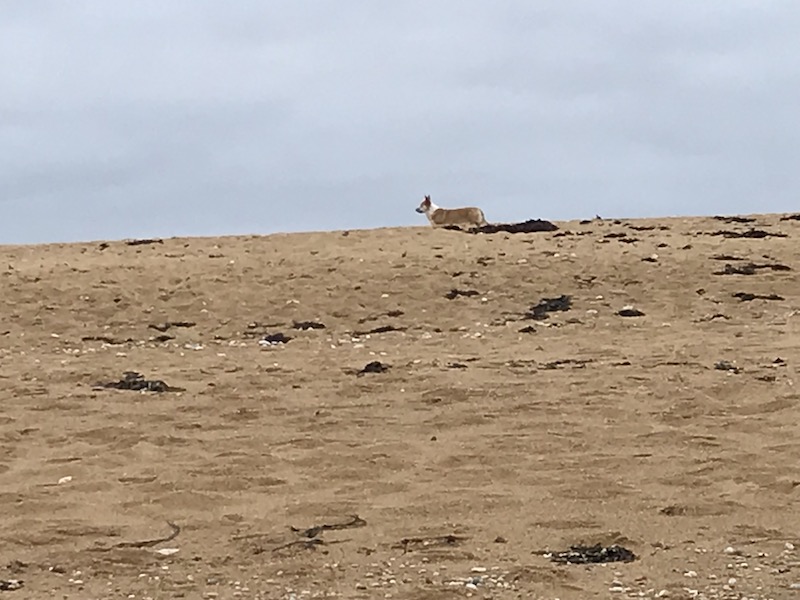
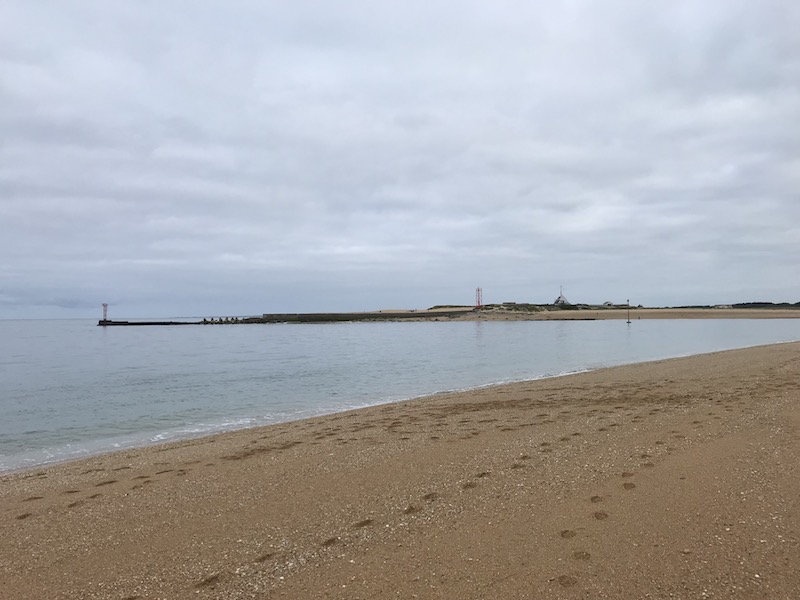
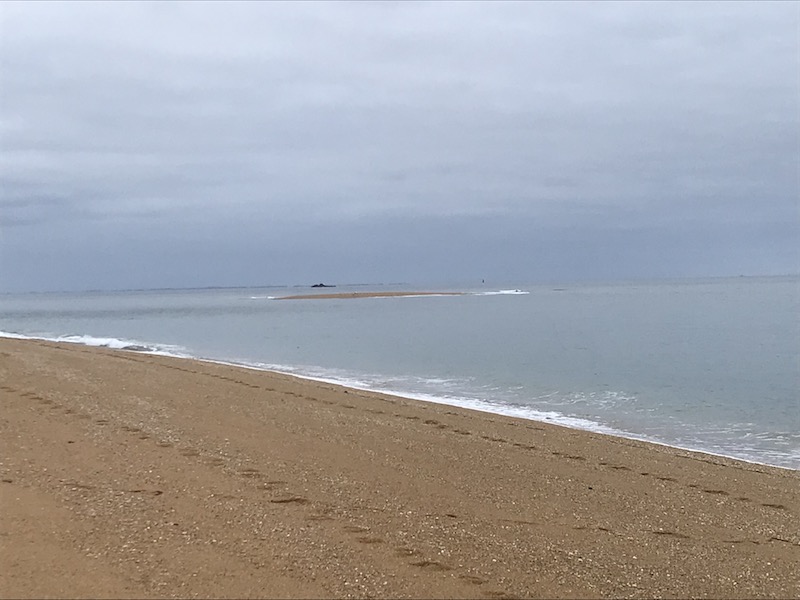
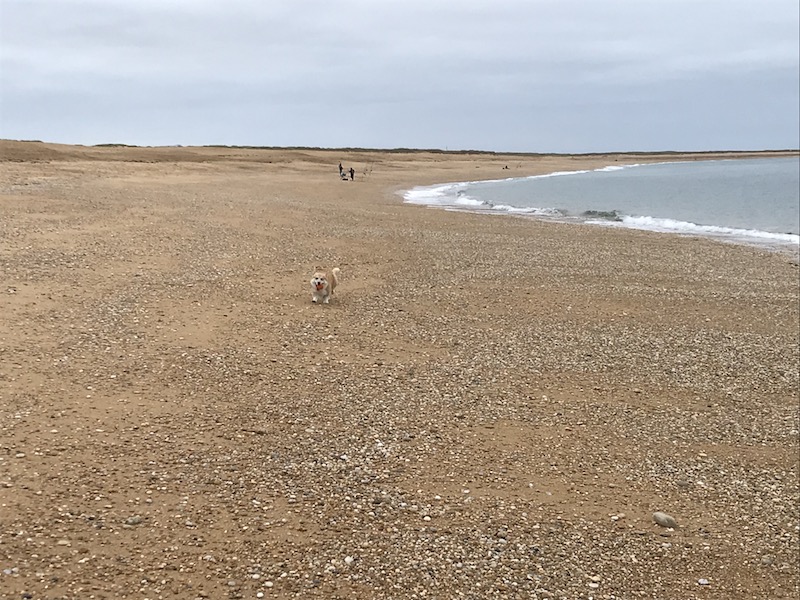
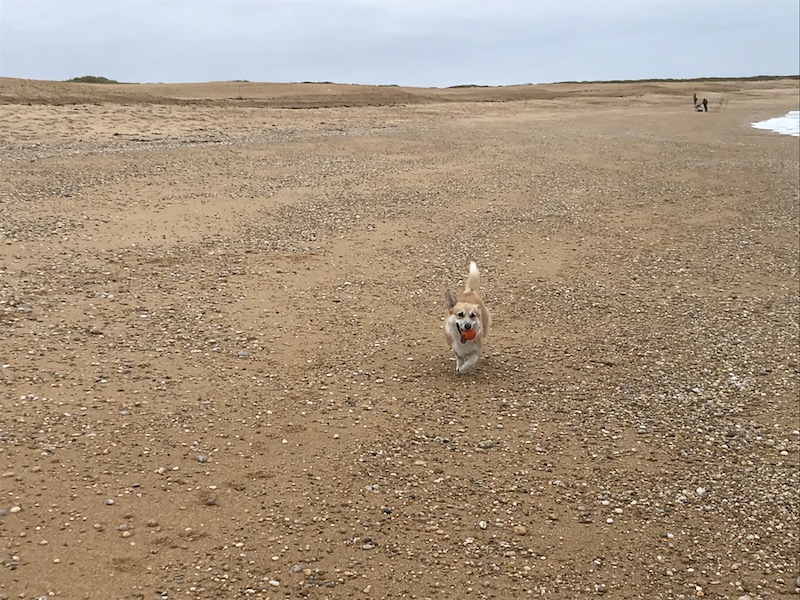
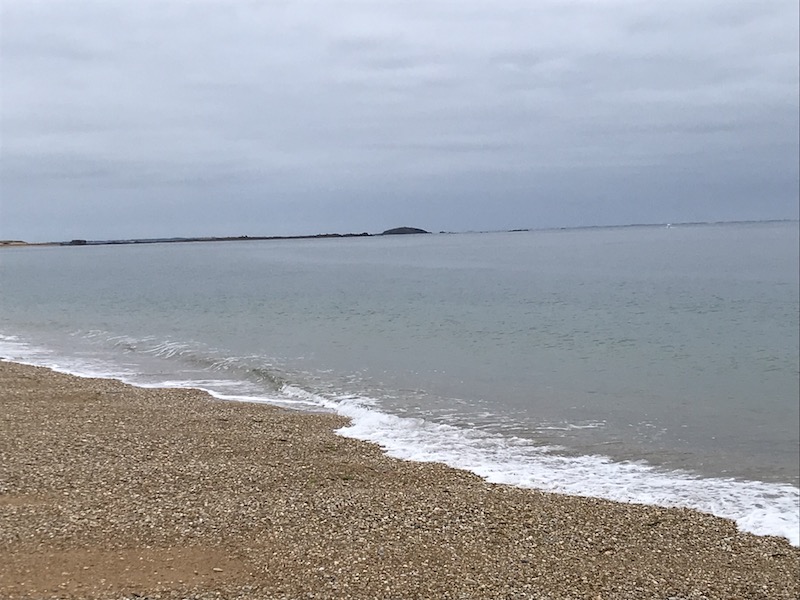
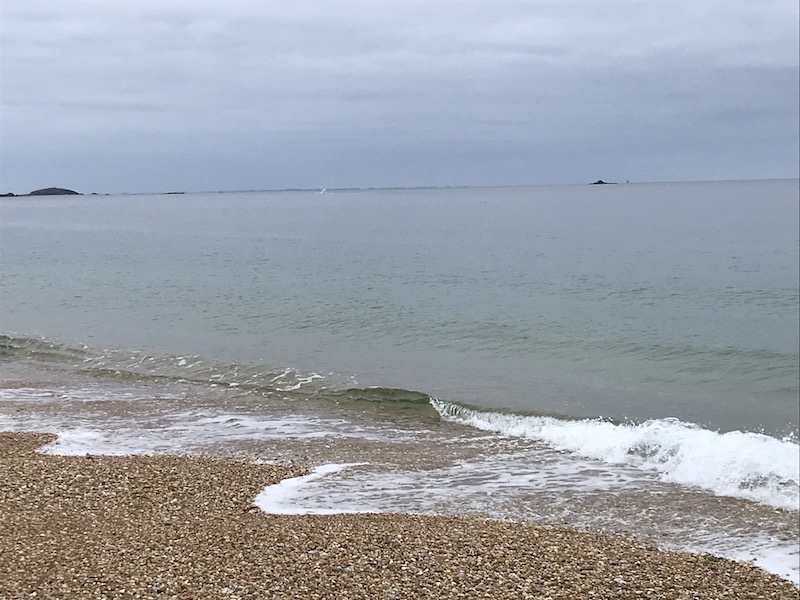
Here are a couple pictures of the vast dunes.
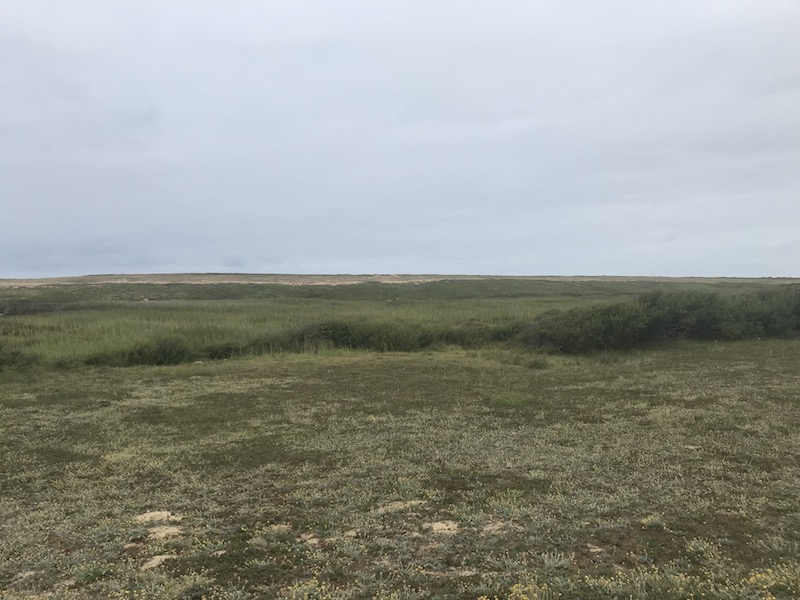

On the south end, there are a couple old german bunkers that were part of the Atlantic Wall, which was an extensive system of coastal defenses built by Germany between 1942 and 1944. These seem to have sunk a bit into the sand but are still fairly impressive when you get up close to them.
And the town .... it is a fishing port, known for tuna fishing and local oysters. The town sits between a couple rivers and their estuaries and the Atlantic coast. There seems that the area had been inhabited in neolithic times, as there are several dolmens (neolithic burial chambers) found in the area. There was also someone who wrote in 1891 that Roman bricks had been found on the beach and foundations of a Roman wall was found near a cliff. The Gallo-Roman villa of Mané-Vechen is located opposite Étel, on the right bank of the Étel river. There is a sand bar (the bar Étel) which caused a lot of shipwrecks in the area. But it was a fairly important fishing port in the 1800's. In 1845, there were 6 sardine presses and a factory for canning sardines. There was a sardine crisis from 1880 to the early 1900's and many of the sardine fishermen changed to fishing for tuna and lobster. After the first World War, tuna fishing brought renewed wealth to the town.
There is a nice little downtown with quite a few shops and restaurants. About the only thing that we found in the way of a historic site was the parish church of the Nativity of Notre-Dame, also known as Notre-Dame-des-Flots church. It was built in 1841 and it is pretty plain on the outside.
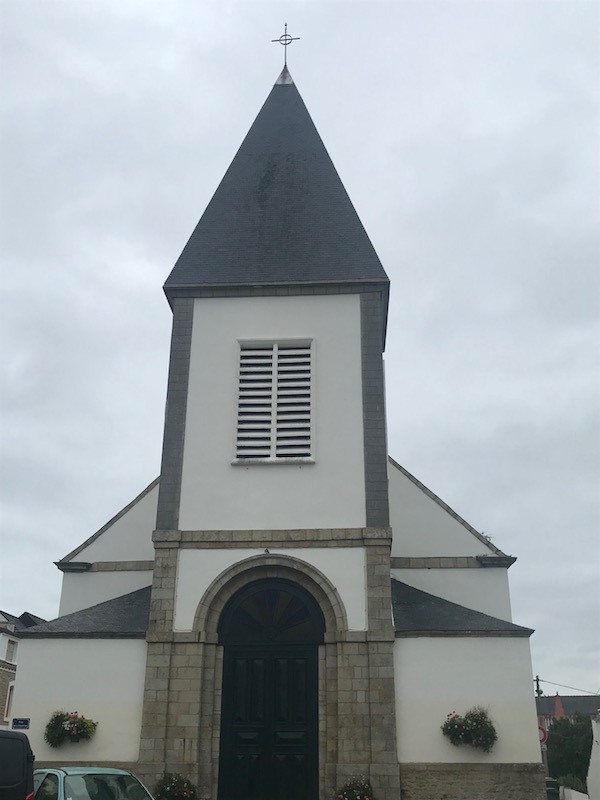
It was a bit dark inside but hopefully this pictures are okay. It is not your typical church from a design point of view, since there are really no side aisles or rounded choir at the back, just one large rectangle.
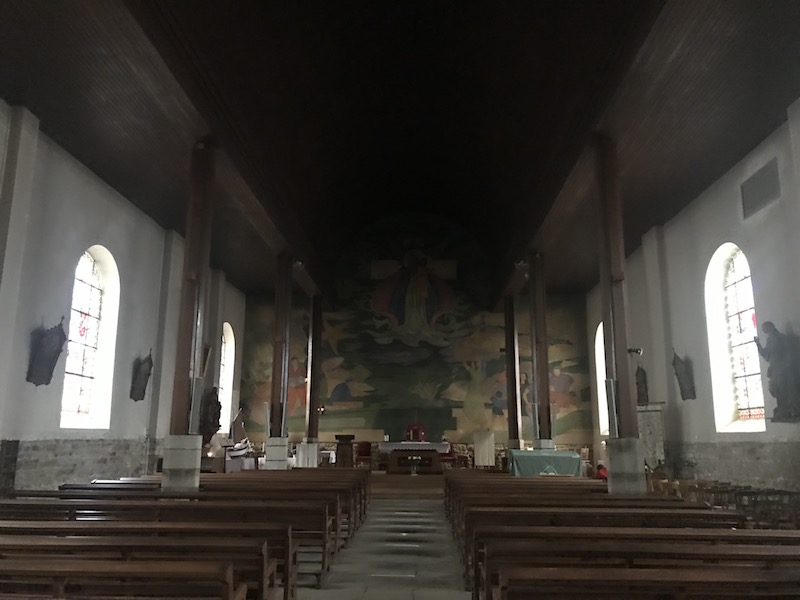
A few interesting items of decoration, starting with the stained-glass windows, which date back to 1889.
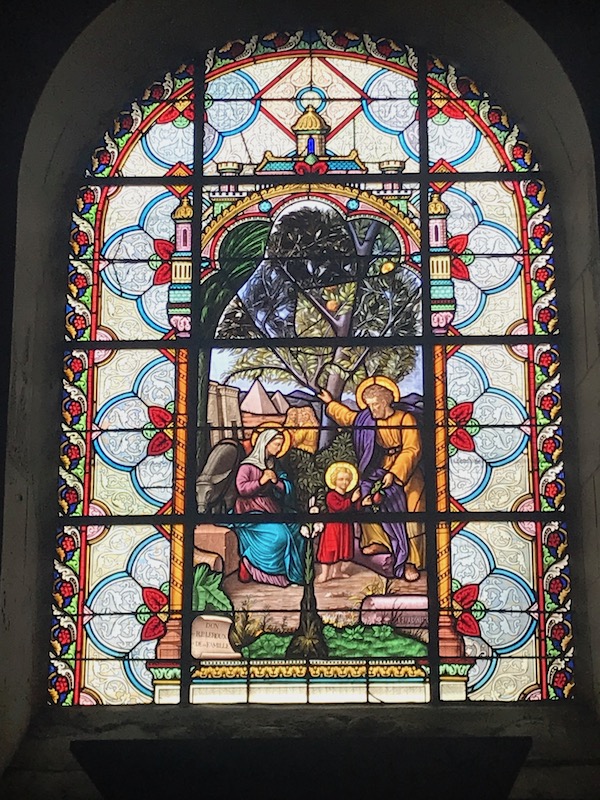
The choir behind the altar is decorated with the fresco "La Vierge et la mer" (the Virgin and the sea), which shows the fishermen and townspeople giving thanks to the Virgin Mary for the food that is locally provided. It was done by a local painter in 1958.
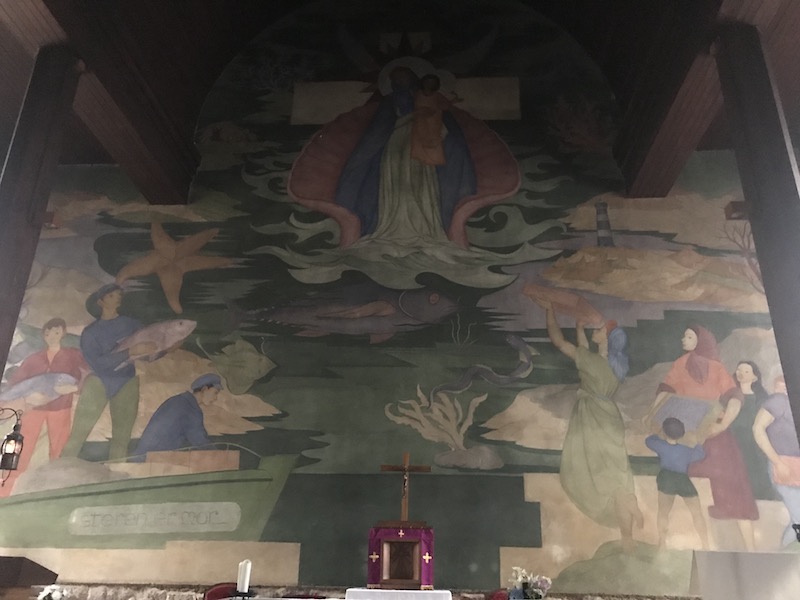
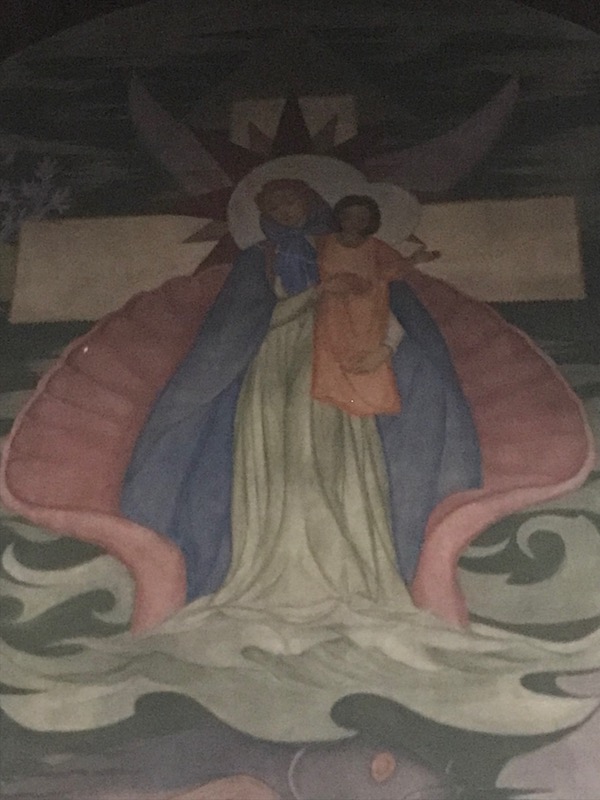

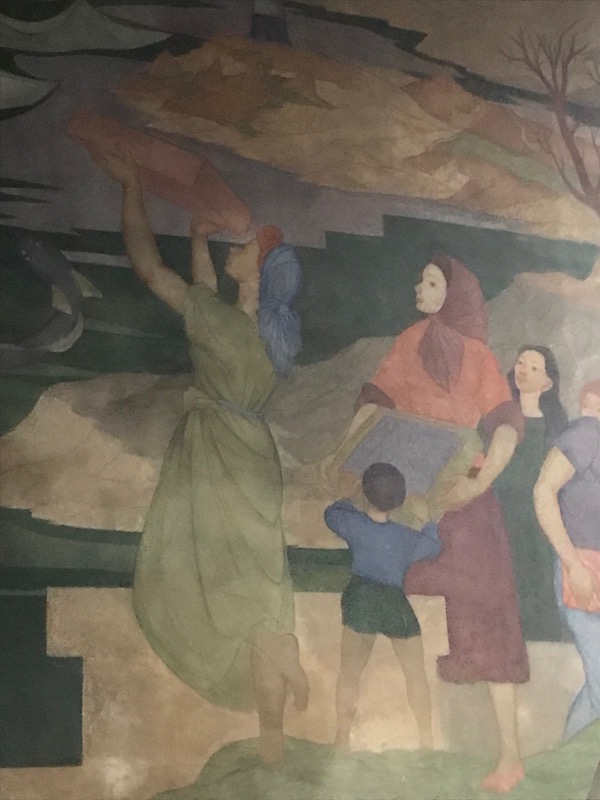
The ceiling is again a wooden upside-down boat type ceiling, this time very dark wood and unpainted.
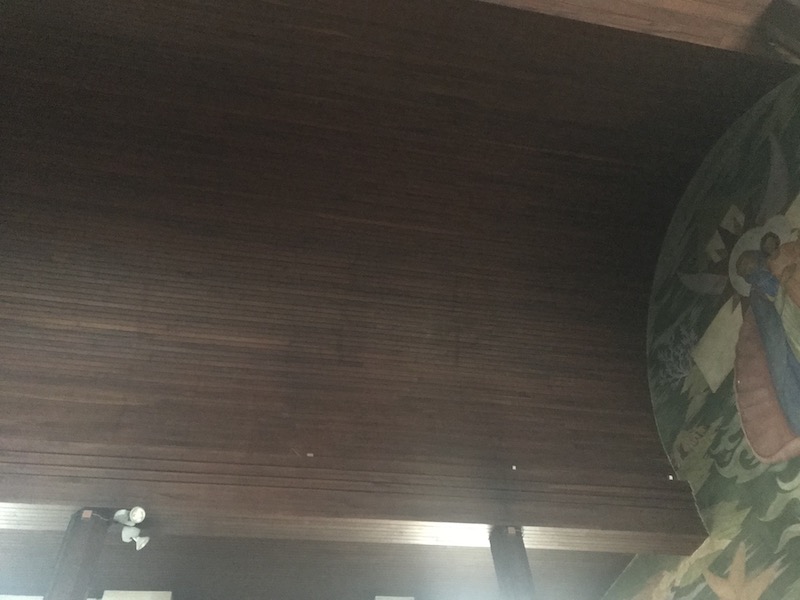
One of the nice statues, this one being Saint Peter (with the key).

And of course, we went with a dozen of the local oysters for lunch!

A couple days later, we went back to the area for another walk, this time further upstream from the town itself. The walk that we had found was really nice, most of the first part of the walk that we did hugged the rocky coastline. It was very well-marked and we never hit a time when we weren't sure which way to turn. The area is well known for oysters, and every little inlet was filled with oyster beds.
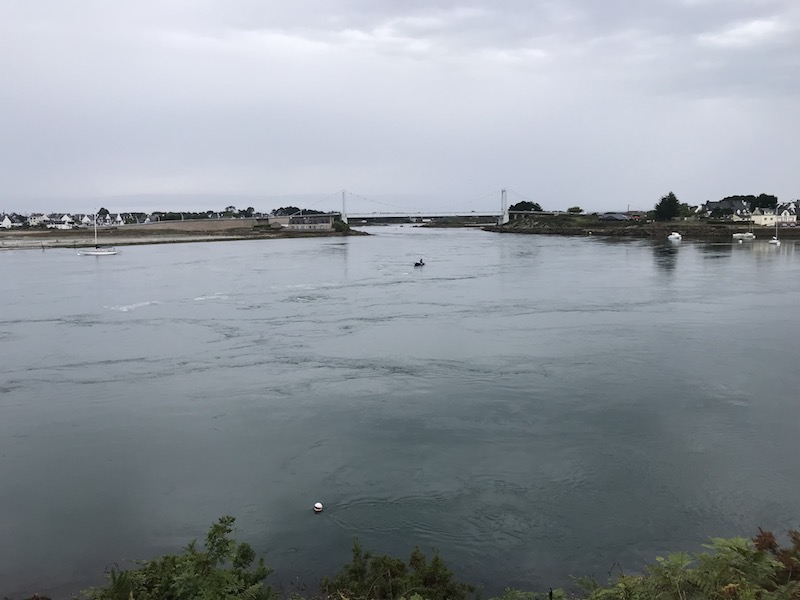

I tried to catch a video that shows how strong the current way that morning, so hopefully this will give you an idea.
And our last walk there, again on the river-side. It was a lovely day, quite sunny and clear! There were lots of wild blackberries as well as some "prunettes" (we asked a French family if they knew what they were). Mind you, we couldn't really find much information on a "prunette" so I assume they are a type of miniature wild plum.
